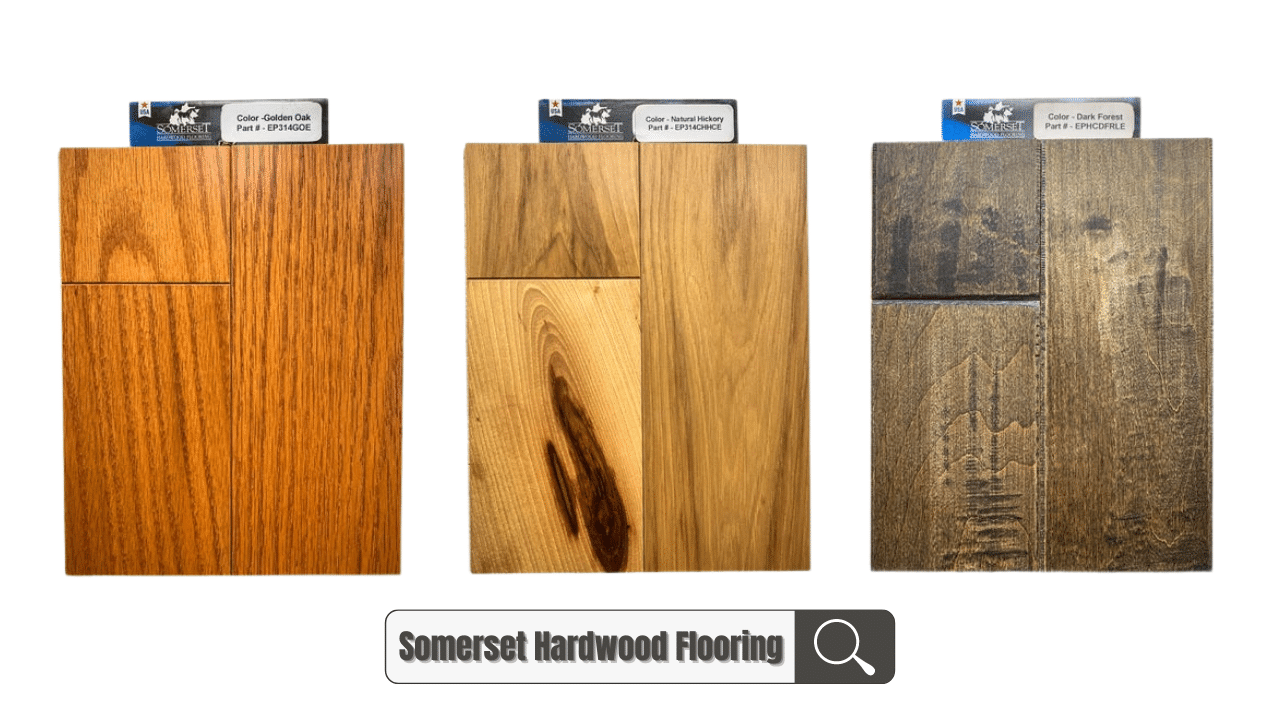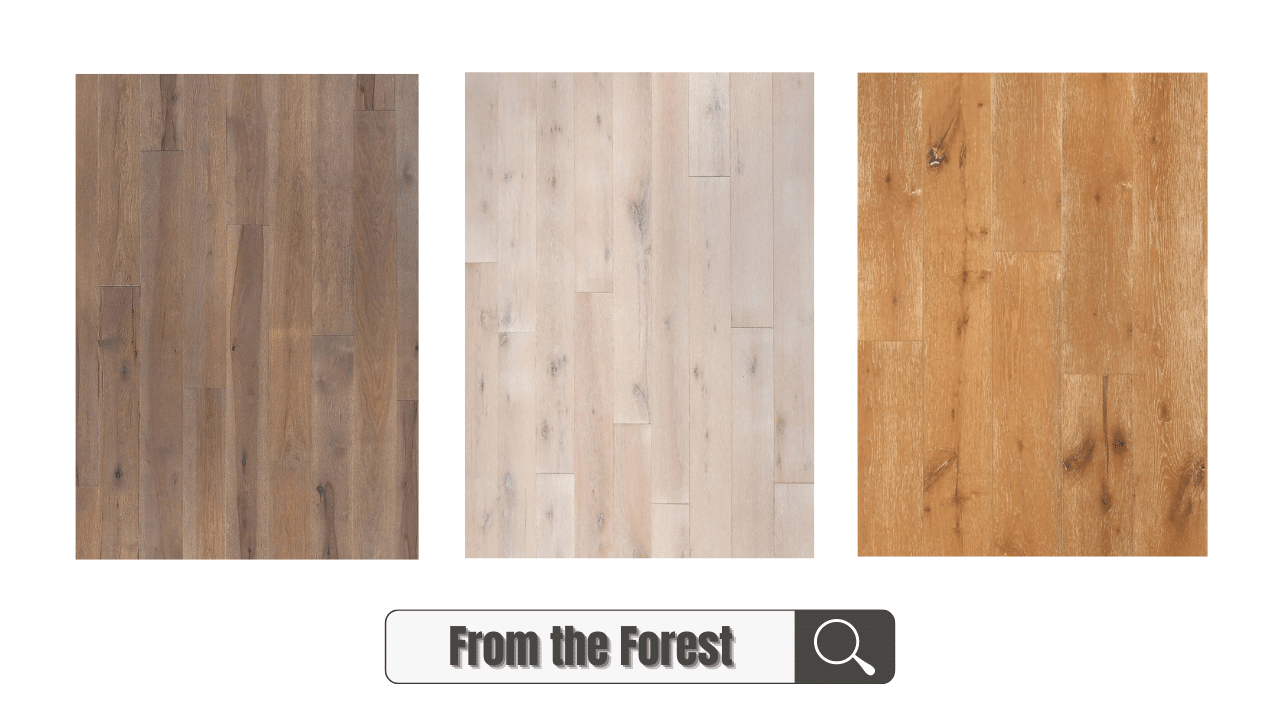It’s no secret how engineered hardwood flooring proves to be a real crowd favorite. It is made of a thin natural hardwood layer atop a plywood base.
The material is quick and easy to install, and it is water-resistant– not prone to damage brought by moisture problems. Not to mention, most engineered hardwood floors are already pre-finished to your utmost convenience.
If you’re 100% decided on installing engineered hardwood flooring at home, we’ve rounded up everything you need to know. We’ll also include our top low-fuss board picks to take into consideration.
Key Considerations Before Installing Engineered Wood Flooring
1. The material is Incredibly Stable
You’ll be surprised to know that engineered wood flooring is considerably more stable than solid wood flooring.
This material is made with laminate construction, with several layers firmly glued together to give you lightweight yet strong planks and tiles. The inner core is composed of high-density fiberboard and a bottom layer made of hardwood treated with moisture resistance.
Thanks to its laminated construction, the material resists expansion and shrinking caused by temperature fluctuations.
Old engineered wood flooring may be sanded or refinished twice, which helps extend its life expectancy. This will mostly depend on the thickness of the top veneer.
2. You Have a Wide Selection to Choose From
There are several colors, finishes, and wood species of engineered hardwood flooring you may choose from. Some manufacturers even present hundreds of choices on the table.
Domestic fan-favorites include oak, maple, and walnut. High-end options are the likes of acacia and tigerwood– which are exquisite choices. Engineered wood flooring is considerably more cost-effective than solid wood floors.
3. Most are Already Pre-Finished
Fortunately, the majority of engineered floors in the market are already pre-finished with UV-treated polyurethane. Premium options also include an aluminum oxide treatment for extra durability, which lasts for up to 25 years or more.
Note: Refinishing floors with hard coating can be quite challenging. Ideally, find a floor refinishing professional with previous experience removing layers with aluminum oxide.
4. It can be either Nailed or Glued Down
Like solid wood flooring, engineered flooring can be either nailed or glued down. It can also be available as floating floor products, with edges and ends designed to snap together. This eliminates the need for nailing.
Snap-together planks or tiles can be placed over a foam cushion underlayment. This system can be easily installed on existing floors, except for thick carpets.
5. There are Rarely Any Drawbacks
There are rarely any drawbacks to installing engineered hardwood floors in most cases. Some manufacturers even designed moisture-resistant products suitable for use in high-humidity areas.
However, professionals strongly advise against installing engineered hardwood flooring in bathrooms and laundry rooms. If you’re planning to install it in the basement, ensure that the area is arid with no previous history of flooding.
6. Maintenance is Easy
The upkeep for engineered wood flooring can be pretty manageable. Here’s a list of what to do:
7. Prepare for the High Upfront Costs
Engineered wood floors will cost you about 20 percent more than what you’d typically pay for unfinished solid boards (around $4 to $15 per sq ft). However, you’ll recoup the high upfront costs during installation and in the long run. (Related: EVP Flooring For Your Home: Pros, Cons & Costs)
8. Best Prepare for a Moisture Barrier
Professionals encourage installing a layer between the subfloor and your new floors to serve as its moisture barrier. In some cases, homeowners utilize tar paper for this. It protects the new wood floors by preventing moisture from the floors beneath.
9. There are Certain Areas to Install Engineered Wood Floors
Generally, you can install engineered wood floors in places where you usually put solid wood. For basements, engineered wood is less likely to expand and contract. Its wide range of thickness options also allows easy retrofitting– starting at ¼ inch of thickness.
If you’re wondering where not to use engineered wood floors, avoid bathrooms and laundry rooms. The drips, wet feet, and shower steam may only damage your engineered boards.
10. What to Look for in Buying Engineered Boards
To select the best quality engineered boards, check the wear layer’s thickness (top skin of the wood), the number of finish coats, and the veneers in the core.
In essence, the more layers– the better the quality. Here are the three most common classes of engineered boards.
Best Engineered Wood Flooring Brands
If you’re still browsing through your options, here are some of our top engineered wood flooring brand picks to consider.

Thickness is essential when it comes to engineered wood flooring. That said, this brand offers some of the thickest planks in the market today.

Considerably one of the oldest flooring companies in the USA (they have been operating for over 120 years)– this brand is famous for their click-lock engineered wood floors.

This small Wisconsin-based company boasts special engineered wood products for every budget and design preference. For your convenience, they also send out flooring samples.
Mohawk features some of the most popular flooring products today. Their engineered wood floor offerings are very extensive compared to other market brands. The good news is, you can easily spot Mohawk products in any flooring store in your area.

Johnson Hardwood has earned chiefly positive reviews from its customers– rightfully so! Their unique engineered wood products offer plenty of character.
So if you’re looking for engineered wood floors that undoubtedly stand out, this brand may just be what you’re looking for. With the wood’s high quality, these products have upper mid-range prices, though.
Pergo boasts one of the best-engineered wood flooring brands in the market. You can count on their products to be highly durable and gorgeous, all without breaking the bank. This is one great option that gives you the best bang for your buck!

Browse any LM flooring product catalog, and you’ll most likely find the particular design style you’re looking for. This brand is also committed to giving durable and long-lasting floors. In fact, they offer a lifetime residential warranty.
Homeowners looking for excellent unfinished engineered wood floors can find some in Mullican. These unfinished planks give you freedom in customizing your desired flooring finish.
Regardless, they also have a beautiful selection of pre-finished floors in different stunning hues.
Frequently Asked Questions (FAQs)
Can you refinish engineered floors?
Technically, yes. You may refinish engineered wood floors at least once. If the floor has a wear layer of less than 2 mm, it can tolerate gentle scuff-sanding with a buffer. Meanwhile, thick top layers can be sanded similarly to solid wood. Doing so allows you to remove deep dents and scratches. If your new engineered flooring has at least a 3 mm top surface, it may handle more than two refinishing.
How long does Engineered Wood Flooring typically last?
Most engineered wood floors last for a good 20 to 50 years, depending on the quality of your chosen brand. Although, how well you maintain your new floors may also affect their expected lifespan. Keep in mind that some well-known engineered wood floor brands offer generous lifetime warranties. This may be an excellent factor to consider as you narrow down your options.
